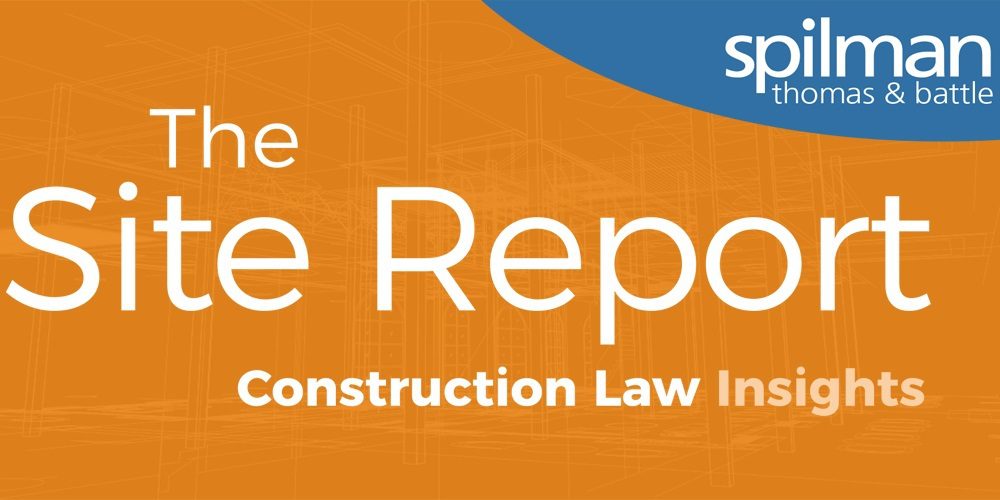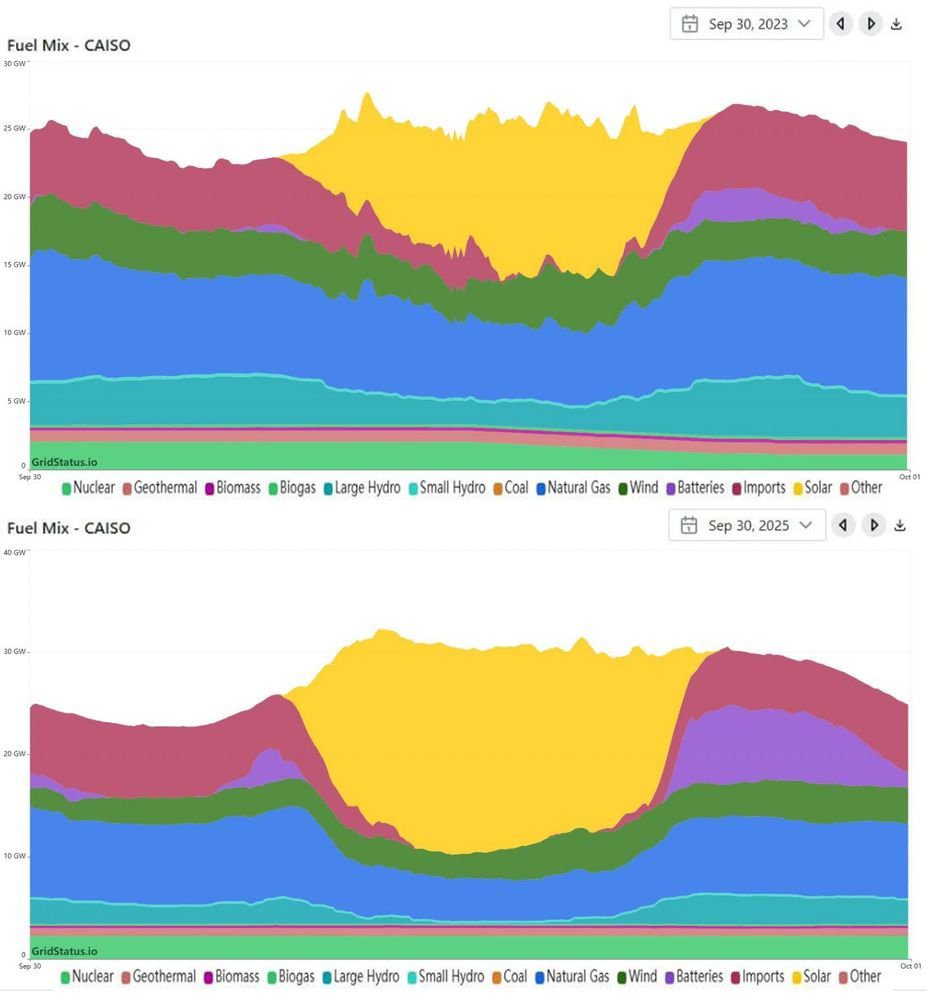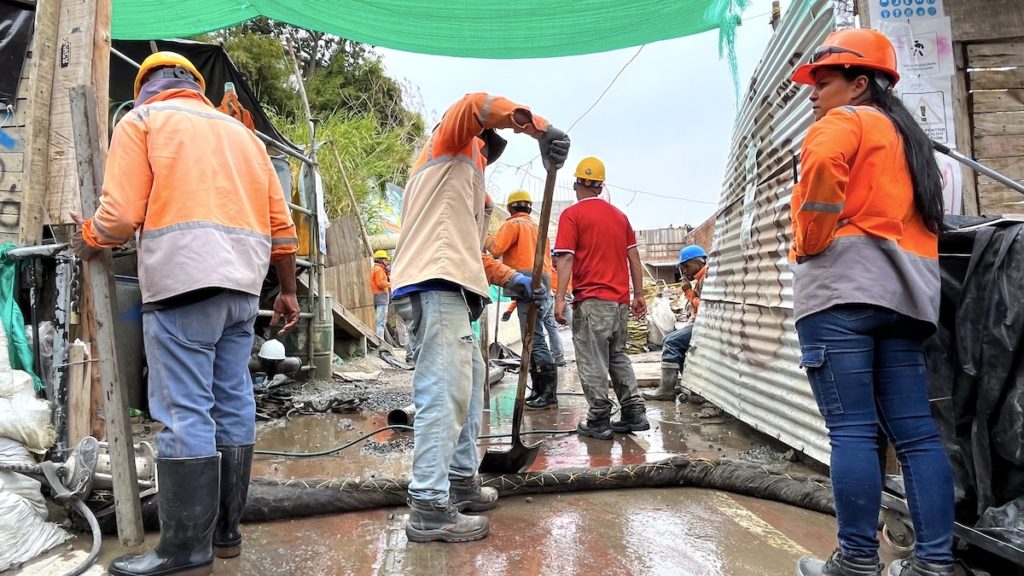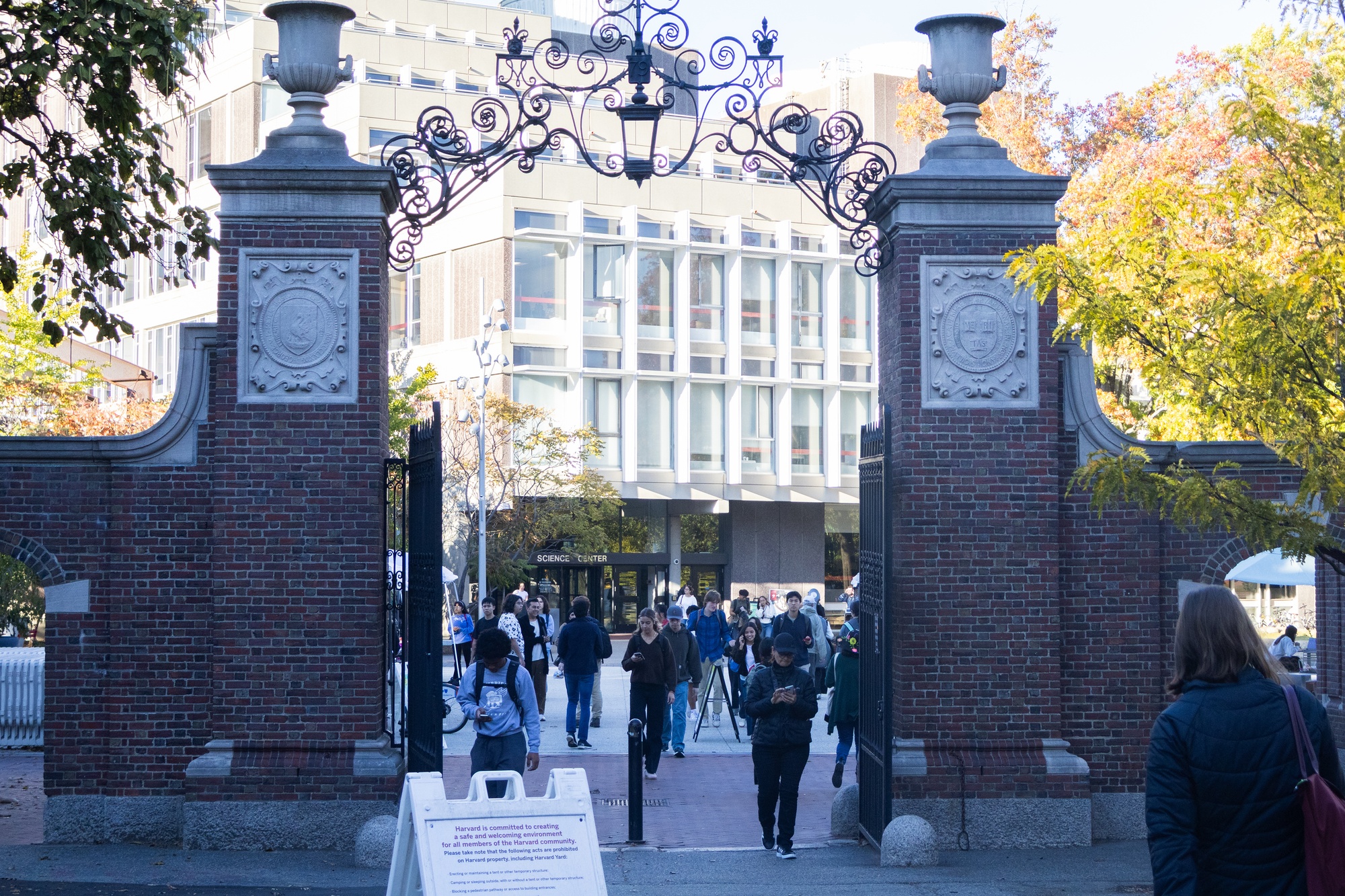Why Labour should target happiness alongside economic growth – The Guardian

Post-Pandemic Wellbeing in the United Kingdom: A Sustainable Development Goals Perspective
Introduction
A report by Pro Bono Economics (PBE) indicates that national wellbeing in the United Kingdom has not returned to pre-pandemic levels following the significant decline in 2020. This persistent state of low wellbeing, characterized by diminished life satisfaction and happiness, presents a direct challenge to the achievement of several Sustainable Development Goals (SDGs). This analysis examines the core drivers of this issue and aligns them with relevant SDG targets, proposing a policy framework centred on these global goals.
Key Findings on National Wellbeing Decline
Measurement and Trends
The Office for National Statistics (ONS) has tracked national wellbeing since 2011, using four key indicators:
- Overall life satisfaction
- Feelings of happiness
- Sense of purpose or that life is worthwhile
- Levels of anxiety
While anxiety levels spiked during the initial lockdown, all four metrics have failed to recover to their pre-COVID equilibrium, indicating a sustained national malaise.
Identified Drivers of Low Wellbeing
The PBE analysis identifies three primary factors contributing to the ongoing low levels of national wellbeing:
- Poor physical health
- Poor mental health
- Loneliness and social isolation
Analysis Through the Lens of Sustainable Development Goals (SDGs)
SDG 3: Good Health and Well-being
The report’s findings are intrinsically linked to SDG 3, which aims to ensure healthy lives and promote well-being for all at all ages.
- Target 3.4: The persistence of poor physical and mental health directly undermines the goal to reduce premature mortality from non-communicable diseases and promote mental health and well-being.
- Target 3.8: Deficiencies in the National Health Service (NHS) and access to mental health professionals challenge the achievement of universal health coverage, including financial risk protection and access to quality essential health-care services.
- Interventions such as social prescribing are noted as effective strategies for improving health outcomes and contributing to this goal.
SDG 8: Decent Work and Economic Growth
The connection between ill health and economic inactivity highlights challenges related to SDG 8, which promotes sustained, inclusive, and sustainable economic growth, full and productive employment, and decent work for all.
- Target 8.5: High rates of economic inactivity linked to poor health impede progress towards achieving full and productive employment and decent work for all.
- Back-to-work support schemes that address underlying wellbeing barriers, such as anxiety, are critical for helping individuals re-enter the workforce and contribute to a productive economy.
SDG 11: Sustainable Cities and Communities
Issues of loneliness and housing insecurity are central to SDG 11, which seeks to make cities and human settlements inclusive, safe, resilient, and sustainable.
- Target 11.1: The report identifies “wellbeing poverty” among private renters, driven by the anxiety of insecure tenure and unaffordable rents. This directly conflicts with the target to ensure access for all to adequate, safe, and affordable housing.
- Target 11.7: The importance of community infrastructure, including parks, libraries, and community centres, is emphasized for fostering social connection and combating loneliness, aligning with the goal to provide universal access to safe, inclusive, and accessible green and public spaces.
SDG 10: Reduced Inequalities
The disparity in wellbeing between different societal groups, particularly private renters and homeowners, underscores the relevance of SDG 10.
- Target 10.2: The report notes a significant “wellbeing gap” between private renters and others. Legislative action, such as the renters’ rights bill, is identified as a mechanism to empower and promote the social and economic inclusion of all, thereby reducing this inequality.
Policy Implications and Recommendations for Achieving SDGs
Integrating Wellbeing into Governance for SDG 16
A more direct focus on wellbeing in policymaking can strengthen SDG 16 (Peace, Justice and Strong Institutions) by creating more effective and accountable institutions.
- Policymakers should systematically use wellbeing data to evaluate the impact of proposed policies, moving beyond purely economic metrics.
- Government missions should explicitly include the objective of improving life satisfaction and happiness, making governance more responsive to citizen needs.
Targeted Interventions Aligned with SDGs
The following policy actions are recommended to address the wellbeing deficit and advance specific SDG targets:
- Health Services (SDG 3): Prioritize investment in NHS capacity and mental health services, including the placement of mental health professionals in schools, to directly address the primary drivers of poor wellbeing.
- Community Development (SDG 11): Increase funding for neighbourhood-level regeneration projects and public realms such as parks and libraries to combat loneliness and improve community cohesion.
- Housing Reform (SDG 10 & 11): Enact and enforce robust legislation to improve security of tenure for private renters, closing the wellbeing gap and ensuring more equitable access to safe housing.
- Employment Support (SDG 8): Strengthen back-to-work programs that provide holistic support, addressing both employment and wellbeing barriers to foster sustainable economic participation.
Analysis of Sustainable Development Goals in the Article
1. Which SDGs are addressed or connected to the issues highlighted in the article?
-
SDG 3: Good Health and Well-being
This is the most central SDG in the article. The text is primarily concerned with the decline in the UK’s national “wellbeing, happiness, and life satisfaction” following the COVID-19 pandemic. It directly discusses the causes, such as “poor physical health, poor mental health, and loneliness,” and potential policy solutions like improving the NHS and installing more mental health professionals in schools. The entire concept of measuring and improving wellbeing is the core of SDG 3.
-
SDG 8: Decent Work and Economic Growth
The article connects wellbeing to economic factors. It mentions the Treasury’s concern about “high rates of economic inactivity on the labour market” and discusses the importance of “back-to-work support” schemes that help people overcome barriers like anxiety to find employment. The text explicitly states that “Secure jobs and rising real wages are undoubtedly good for wellbeing,” directly linking employment to the article’s main theme.
-
SDG 11: Sustainable Cities and Communities
The article highlights the role of community and living conditions in promoting wellbeing and tackling loneliness. It refers to plans to invest in “neighbourhood-level projects to improve ‘community cohesion, regeneration and improving the public realm'”. It also emphasizes the importance of public spaces and institutions like “parks, community centres and libraries” for fostering human connections. Furthermore, the issue of housing security is raised, specifically the “anxiety-inducing insecurity that tenants experience” and how legislation to improve security of tenure can close the wellbeing gap.
-
SDG 10: Reduced Inequalities
The article points to specific inequalities in wellbeing among different population groups. It highlights research showing that “private renters are especially likely to be in what PBE defines as ‘wellbeing poverty'”. The discussion around legislation in Scotland that has “started to close the wellbeing gap between private renters and everyone else” is a direct reference to reducing inequalities. Similarly, support schemes for those with barriers to work, such as anxiety, aim to reduce inequalities in employment opportunities.
2. What specific targets under those SDGs can be identified based on the article’s content?
-
Target 3.4: Promote mental health and well-being
This target aims to “reduce by one third premature mortality from non-communicable diseases through prevention and treatment and promote mental health and well-being.” The article’s entire focus on the nation’s decline in wellbeing, happiness, and life satisfaction aligns with this target. It specifically identifies “poor mental health” and “anxiety” as key issues and discusses policy responses like providing more mental health professionals and using social prescribing to improve wellbeing.
-
Target 8.5: Full and productive employment and decent work for all
This target seeks to “achieve full and productive employment and decent work for all women and men, including for young people and persons with disabilities.” The article discusses the problem of “economic inactivity” and highlights back-to-work support schemes, such as Manchester’s Working Well, which help people “overcome barriers to finding a job,” including mental health challenges like anxiety. This directly supports the goal of achieving productive employment for all.
-
Target 11.1: Access for all to adequate, safe and affordable housing
This target is to “ensure access for all to adequate, safe and affordable housing and basic services.” The article addresses this by discussing the plight of private renters who experience “anxiety-inducing insecurity.” It points to the “renters’ rights bill” as a policy measure intended to improve security of tenure, which is a key component of adequate and safe housing. It also notes that the bill won’t tackle “unaffordable rents,” another aspect of this target.
-
Target 11.7: Provide universal access to safe, inclusive and accessible, green and public spaces
This target aims to “provide universal access to safe, inclusive and accessible, green and public spaces.” The article supports this by referencing work that “has underlined the importance of institutions such as parks, community centres and libraries, for fostering important human connections” and tackling loneliness. It also mentions plans to invest in “neighbourhood-level projects” to improve the public realm.
3. Are there any indicators mentioned or implied in the article that can be used to measure progress towards the identified targets?
Yes, the article mentions several direct and implied indicators:
-
Indicators for Target 3.4 (Promote mental health and well-being):
The article explicitly states that the Office for National Statistics (ONS) has been tracking wellbeing since 2011 by asking four questions. These serve as direct indicators:
- Life satisfaction score: Measured by the question, “Overall, how satisfied are you with your life?” The article notes that those scoring four or fewer are in “wellbeing poverty.”
- Anxiety levels: Measured by the question, “Overall, how anxious did you feel yesterday?”
- Happiness levels: Mentioned as one of the four ONS metrics that saw a marked decline.
- Sense of purpose: Also mentioned as one of the four ONS metrics.
- Prevalence of loneliness: Identified as a key cause of poor wellbeing that policy can address.
-
Indicators for Target 8.5 (Full and productive employment):
- Rate of economic inactivity: The article mentions this as a concern for the Treasury and a key economic challenge.
- Real wage growth: Mentioned as being “undoubtedly good for wellbeing.”
-
Indicators for Target 11.1 (Access to adequate and safe housing):
- The wellbeing gap between private renters and others: The article uses this as a measure of inequality and notes that legislation in Scotland has already started to “close the wellbeing gap.”
- Security of tenure: This is identified as a key factor affecting renters’ anxiety and wellbeing, which can be measured by changes in legislation like the renters’ rights bill.
-
Indicators for Target 11.7 (Access to public spaces):
- Investment in neighbourhood-level projects: The article mentions plans for investment in projects for “community cohesion, regeneration and improving the public realm” as a measurable action.
4. Summary Table of SDGs, Targets, and Indicators
| SDGs | Targets | Indicators |
|---|---|---|
| SDG 3: Good Health and Well-being | 3.4: Promote mental health and well-being. |
|
| SDG 8: Decent Work and Economic Growth | 8.5: Achieve full and productive employment and decent work for all. |
|
| SDG 10: Reduced Inequalities | 10.2: Empower and promote the social, economic, and political inclusion of all. |
|
| SDG 11: Sustainable Cities and Communities |
11.1: Ensure access for all to adequate, safe and affordable housing.
11.7: Provide universal access to safe, inclusive and accessible, green and public spaces. |
|
Source: theguardian.com

What is Your Reaction?
 Like
0
Like
0
 Dislike
0
Dislike
0
 Love
0
Love
0
 Funny
0
Funny
0
 Angry
0
Angry
0
 Sad
0
Sad
0
 Wow
0
Wow
0















;Resize=805#)































































